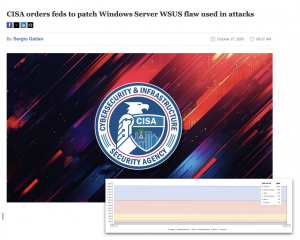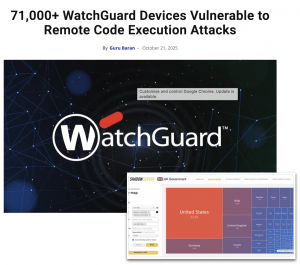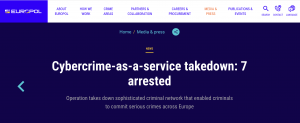Compromised Next.js devices weaponized by attackers: thousands remain vulnerable
Security researchers warn that hundreds of already compromised Next.js devices are hitting honeypots, while tens of thousands of servers remain vulnerable to the critical React vulnerability (CVE-2025-55182). According to the ShadowServer Foundation, a nonprofit security organization, attacks from bot-compromised Next.js assets spiked last Friday, increasing from the usual 100 IP baseline to nearly 1,000.
Currently, Next.js bots are the most active attacking devices tracked by Shadowserver. The number of compromised servers decreased over the weekend as administrators likely secured their systems.











